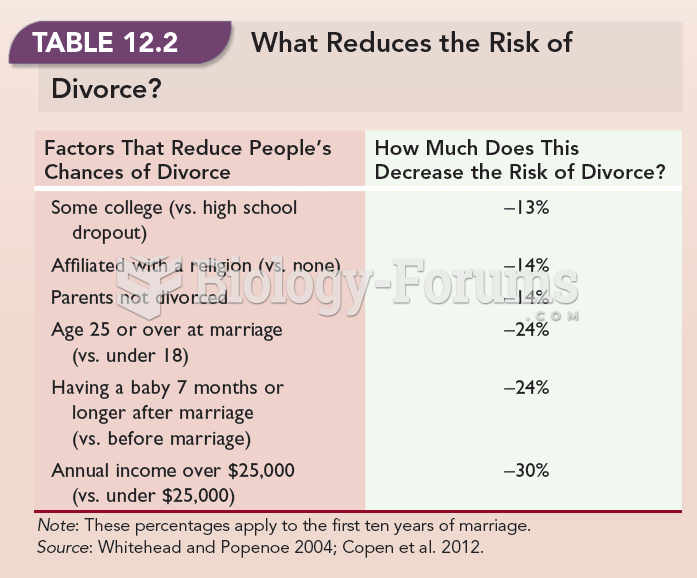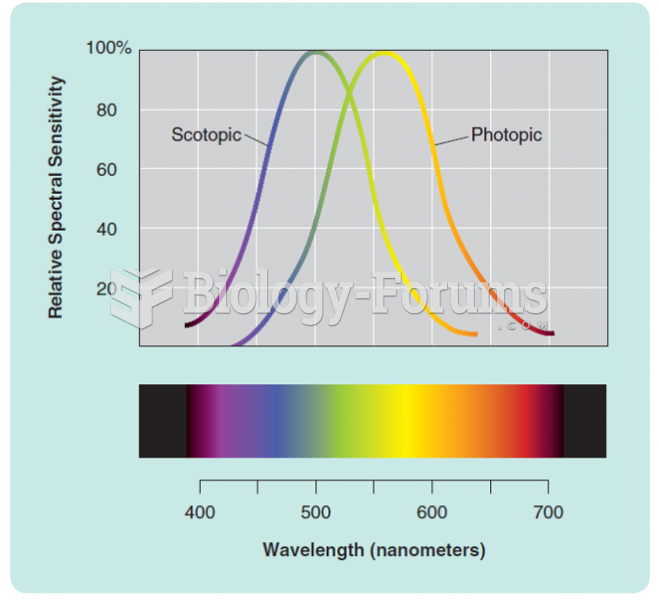Answer to Question 1
C
Feedback
A Incorrect. Clients with psychiatric diagnoses do not represent the group to have the most sensitivity to medications and increased risk of adverse medication reactions.
B Incorrect. The elderly population is not the group to have the most sensitivity to medications and increased risk of adverse medication reactions.
C Correct. In general, physiological differences between children and adults make children more sensitive to drugs and increase the risk of adverse medication reactions.
D Incorrect. Clients with a diagnosis of cancer do not represent the group to have the most sensitivity to medications and increased risk of adverse medication reactions.
Answer to Question 2
B
Feedback
A Incorrect. Infants and children are especially at risk for adverse reactions to medications, but not primarily as a consequence of the fact that the drug companies make less money on pediatric clients than on other ages.
B Correct. Until recently children have been excluded from drug trials due to ethical constraints related to informed consent and research risks. Since most drugs have not been adequately tested in the pediatric population, there is a relative lack of information on drug safety and efficacy in infants and children. Consequently, infants and children are at risk for adverse reactions, including age-specific adverse reactions and ineffective treatment.
C Incorrect. Infants and children are especially at risk for adverse reactions to medications, but not primarily as a consequence of the fact that mothers are a powerful lobbying group.
D Incorrect. Infants and children are especially at risk for adverse reactions to medications, but not primarily as a consequence of the fact that the response to medications varies significantly among children of similar weights and heights.







